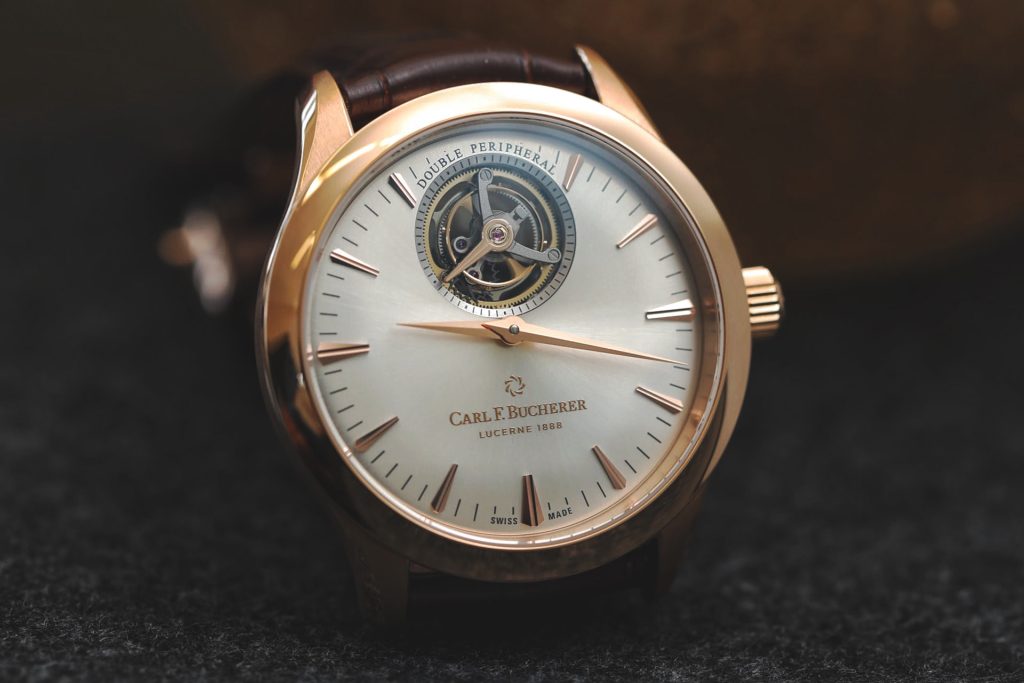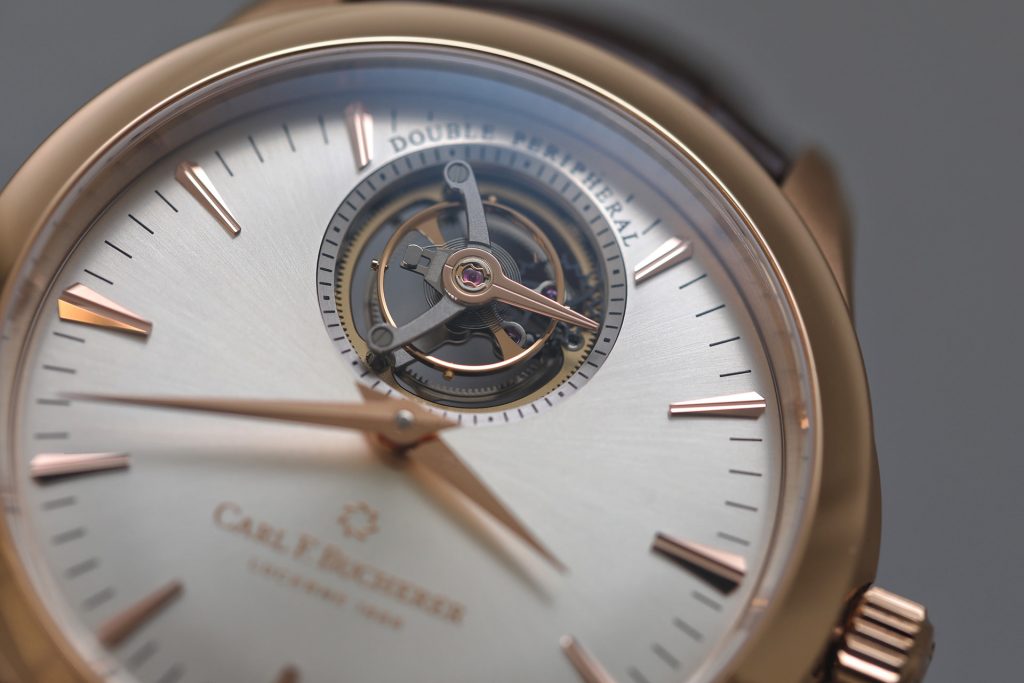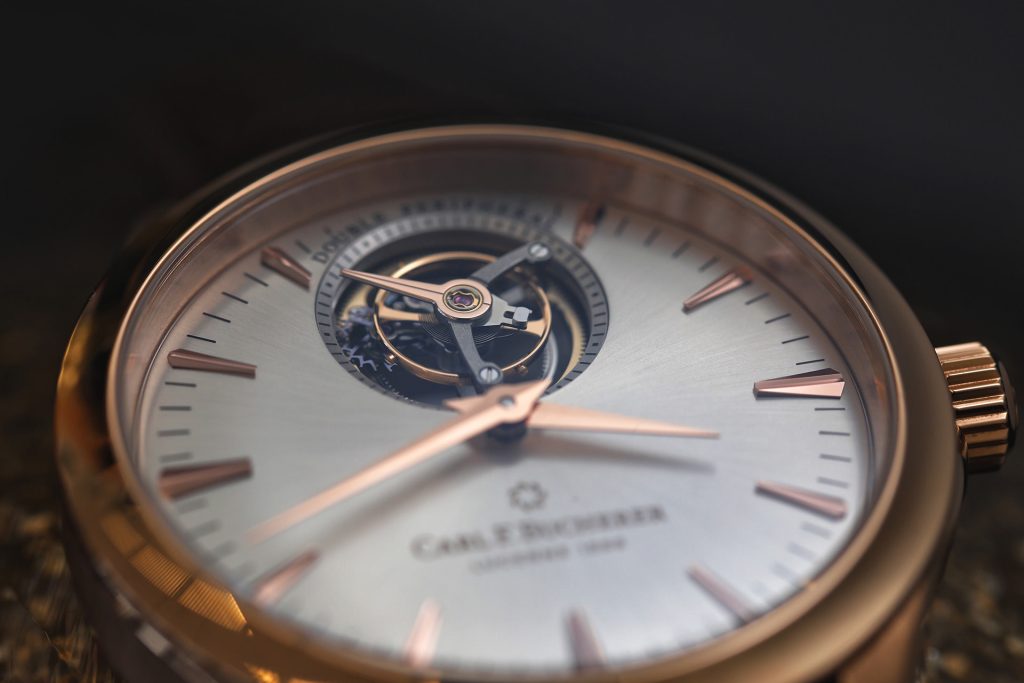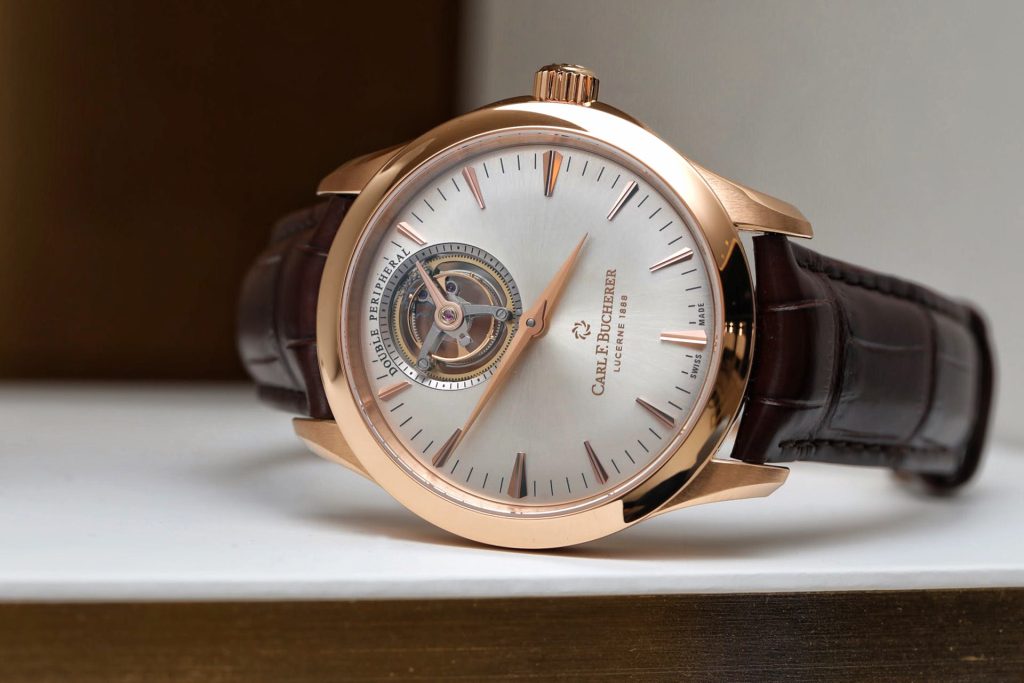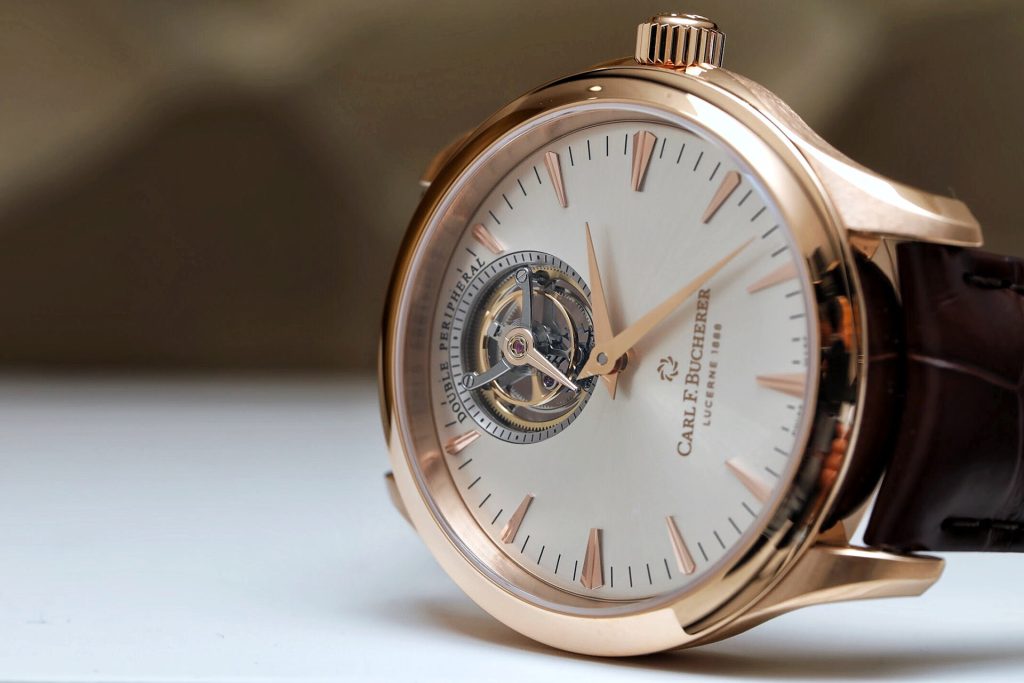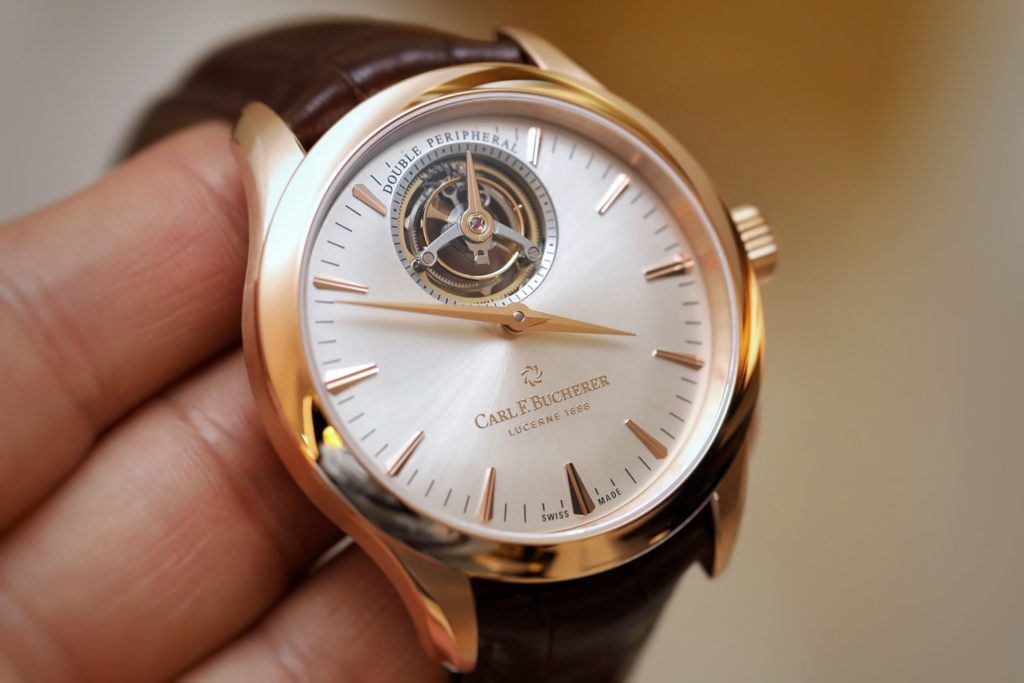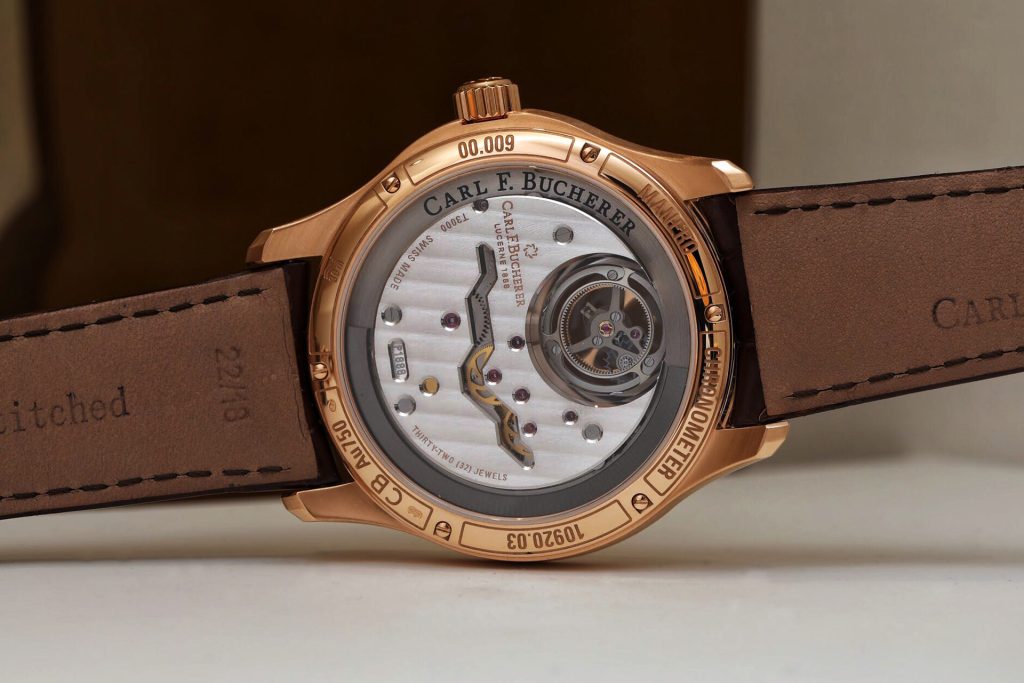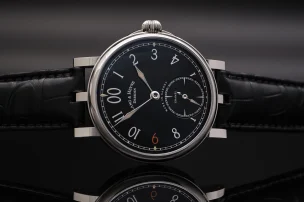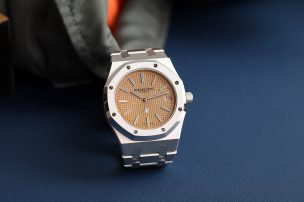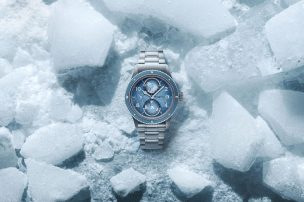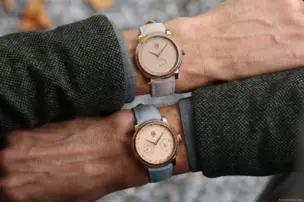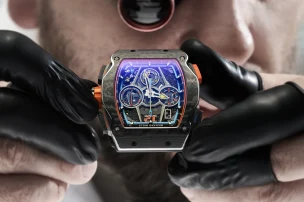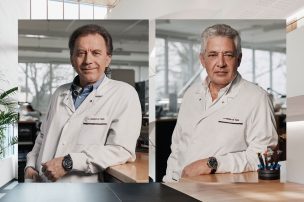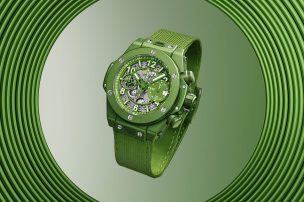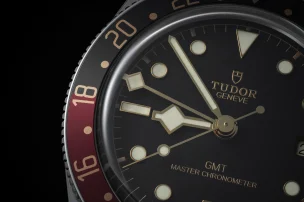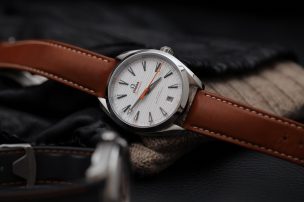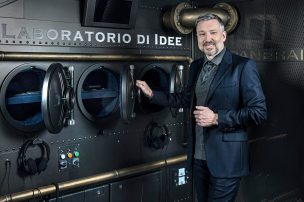
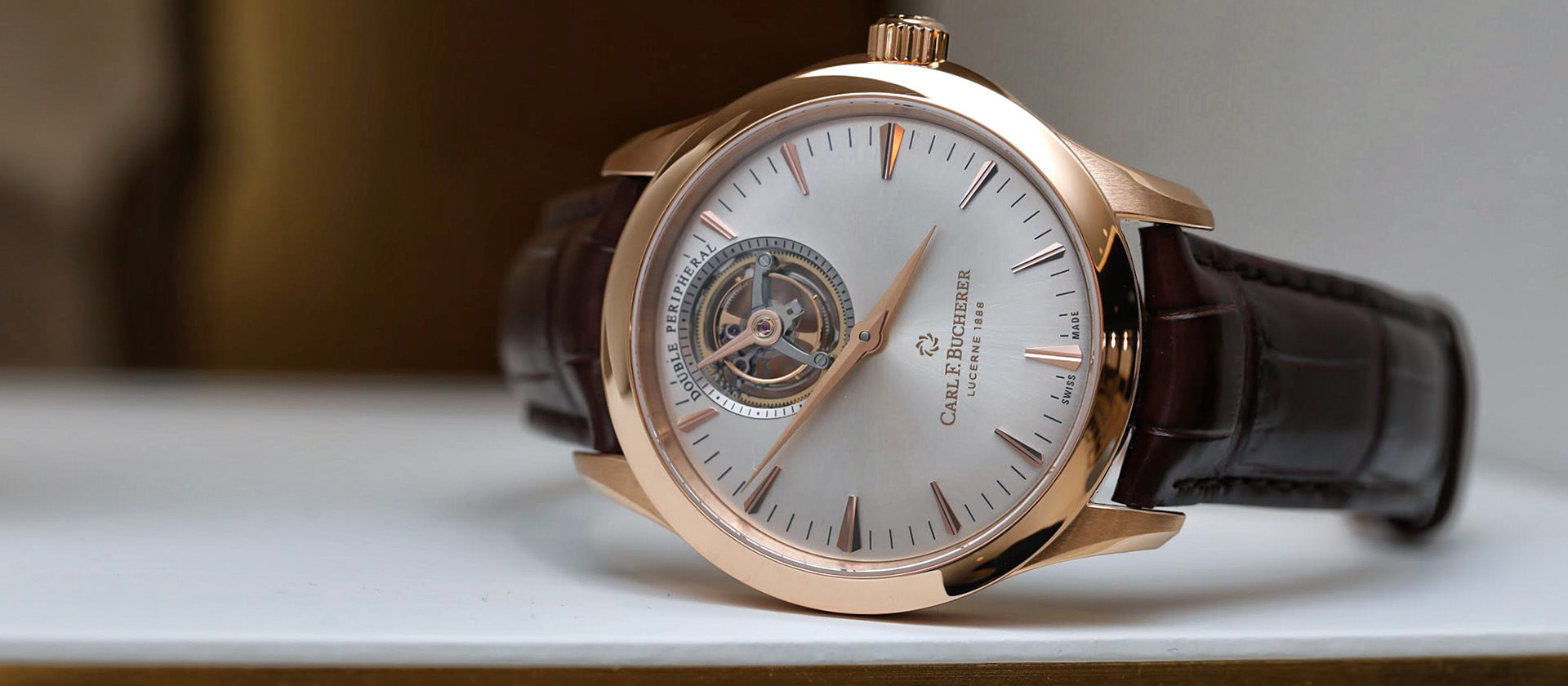
Float away with the new Carl F. Bucherer Manero Tourbillon Double Peripheral
At first sight, this new timepiece from Swiss watchmaker Carl F. Bucherer seems so simple and elegant, nearly inconspicuous. Sure, it is equipped with a tourbillon complication which still today remains one of the most complex technologies in watchmaking, but to be honest there are hardly any renowned watchmakers without offering tourbillon complications today. However, true beauty lies in the details. The new Manero Tourbillon Double Peripheral (CFB T3000 manufacture calibre) has a system that let’s the tourbillon float between the movement. For the first time ever, a tourbillon becomes visible from above and below without bridges in its way.
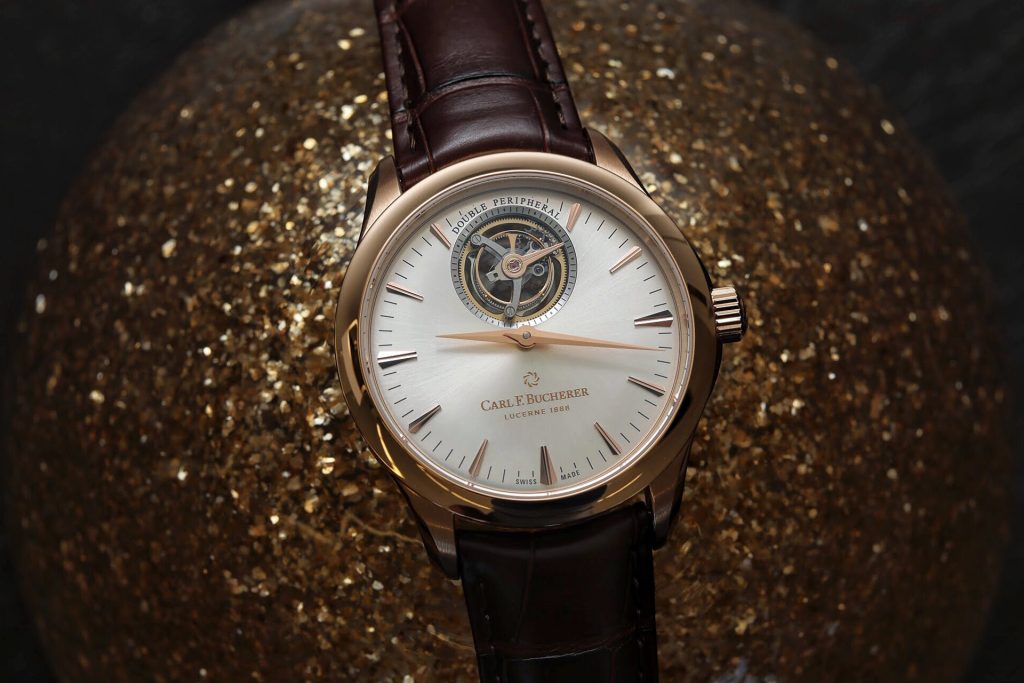
Simple and complex at the same time – the Carl F. Bucherer Manero Tourbillon Double Peripheral
The history of tourbillons, that ingenious solution that once was made to trick the earth’s gravitation impact on table- and pocket-watches, is more then 200 years old. This small rotating cage (tourbillon) was generally attached to the movement by two bridges. Later they upgraded it by a flying tourbillon where – simply said – the cage was only attached by one bridge, mounted on the movements main plate. So from one perspective it looked like the cage was floating free. But from behind the magic was revealed.
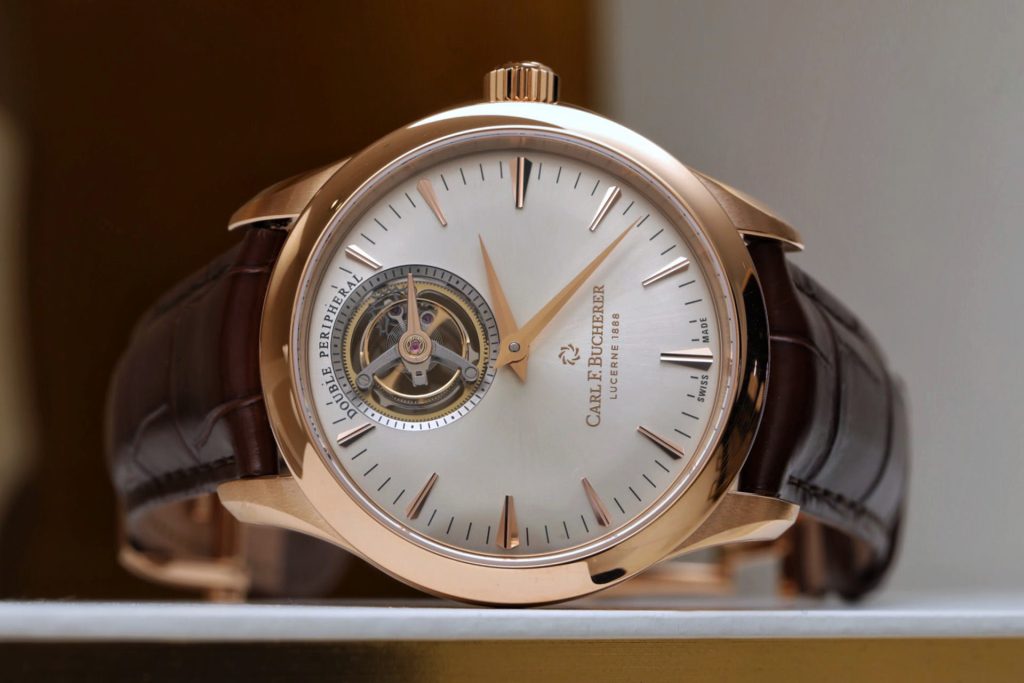
The rose gold case with the silver-colored dial makes this watch incredible elegant
Carl F. Bucherer went one step further and created the first peripheral tourbillon, meaning that the cage is not directly attached to movement and hence appears to be floating within the movement. The magic here is explained by three ceramic ball bearings, which support the tourbillon cage peripherally, meaning they just meet at the very edge of the construction. This makes the tourbillon visible from above and below without any (visible) support attached to anything. It bears some more advantages – the pallet fork and escape wheel are made from silicon. Due to its low friction, the system can run without lubrication, which increases the power reserve to at least 65 hours and has no impact on magnetic fields.
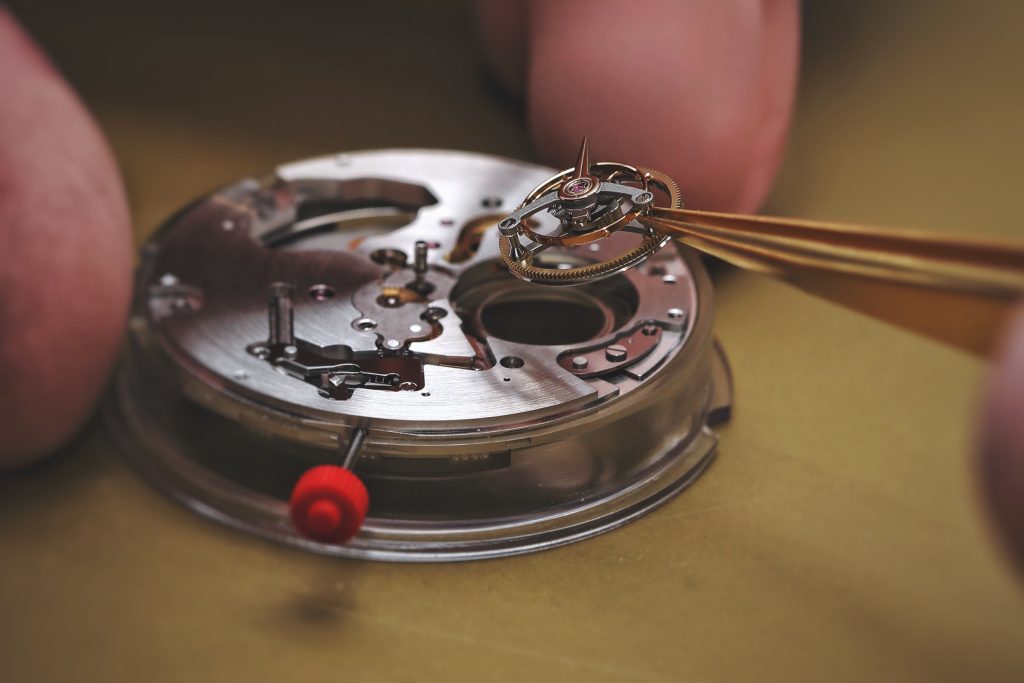
To give full attention to the tourbillon it was placed at 12 o’clock
But why is this watch called ‘double peripheral’? Because the movement itself is also equipped with a peripheral system, in this case the balance wheel. Carl F. Bucherer – who developed this system – introduced its first peripheral movement in 2008 (CFB A1000 manufacture movement). Also here this ‘built on the edge’ system has been used and allows a flat watch design and unhindered view of the movement. In 2016 they presented the second generation (CFB A2000), which is now also used in the new movement (CFB T3000 manufacture calibre) and took four years of development. And it has another surprise to be revealed. You will find a stop-seconds function on the tourbillon, which allows the rotation of the tourbillon cage to be stopped. So basically the watch can be set with a standard time and set to the second.
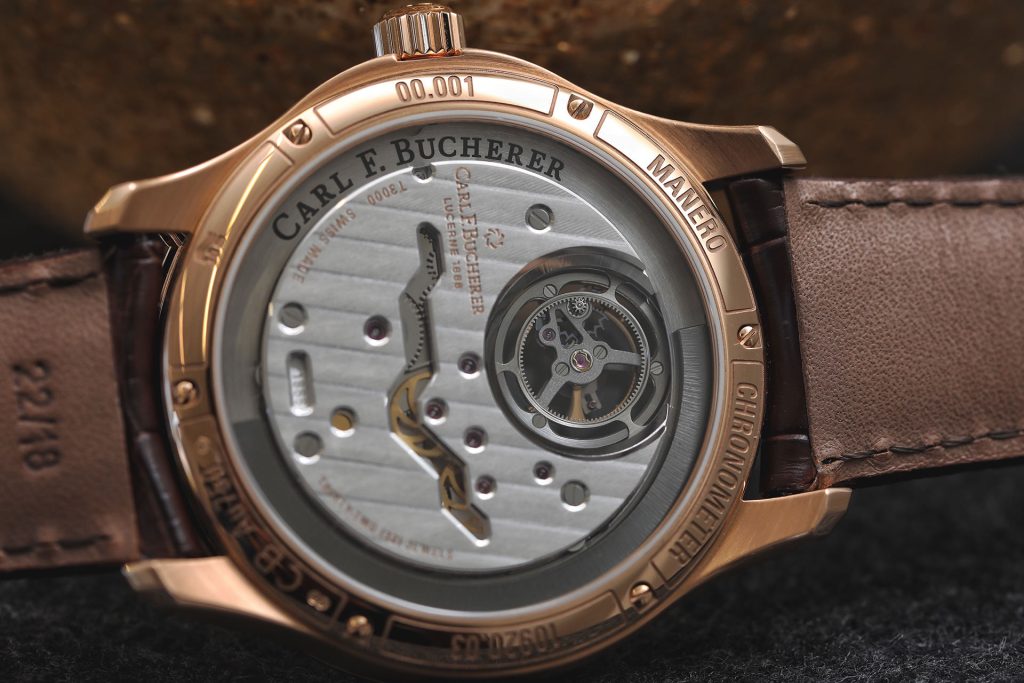
The tourbillon seems to be floating from above and below
The designers at Carl F. Bucherer wanted to give full attention to the peripheral tourbillon and therefore placed it at 12 o’clock. For us it might have just as well been put anywhere on the dial. Its unique and secret detail is made to be discovered and the Manero Tourbillon Double Peripheral still stands for an elegant dress watch at first sight. The movement is a COSC certified chronometer and is available at a price of 59.700,- Euro.
